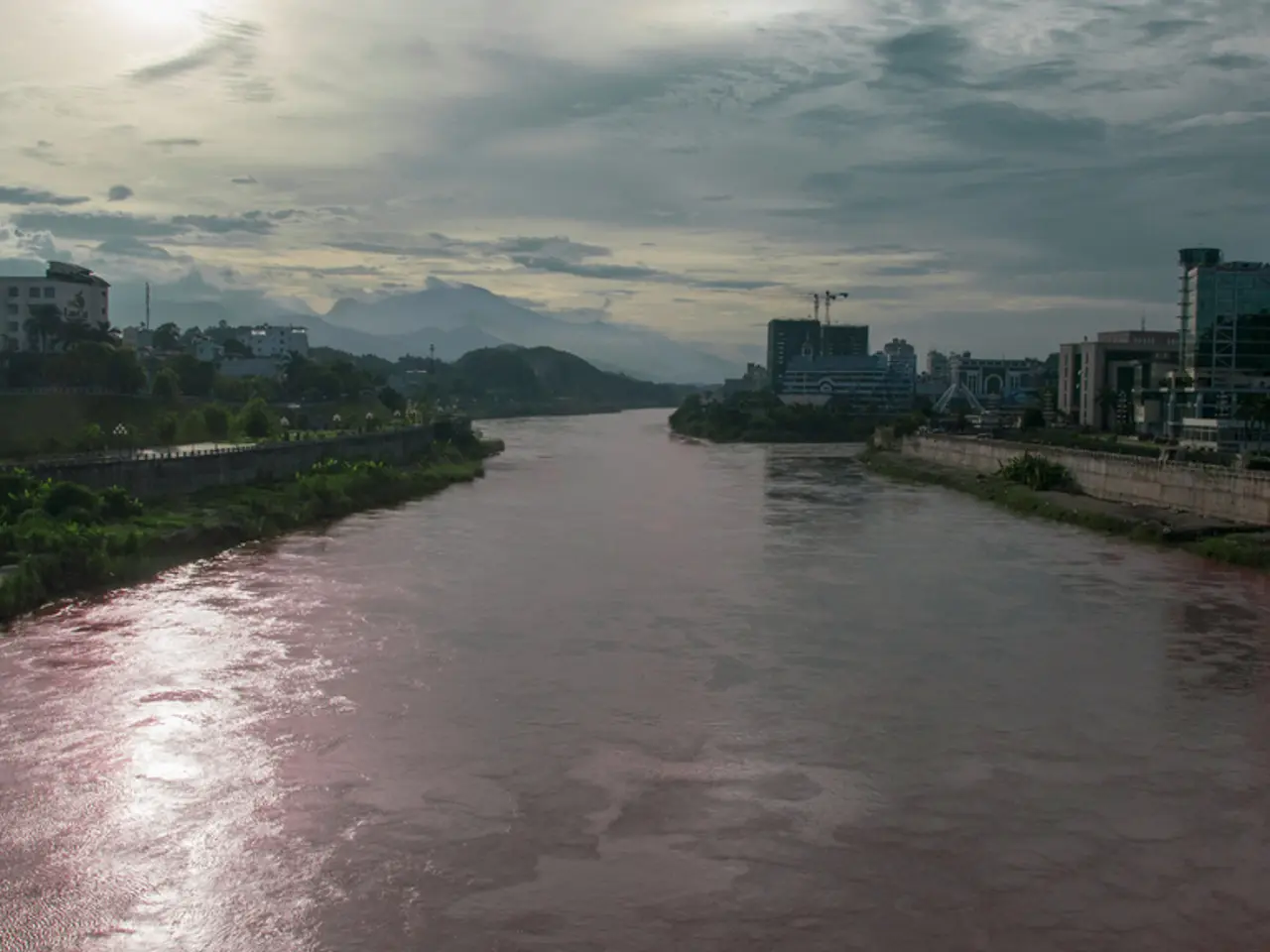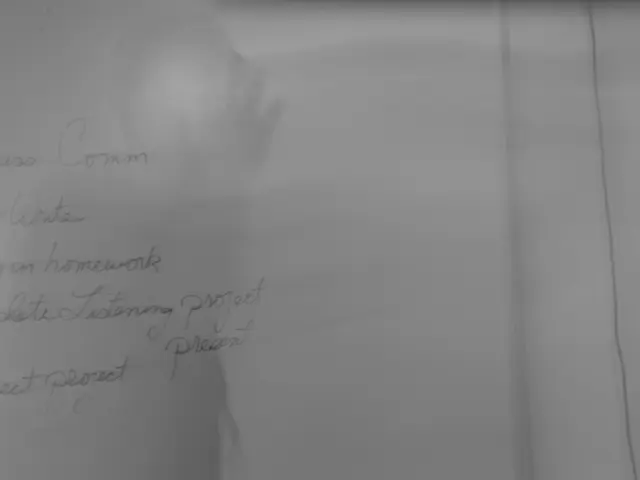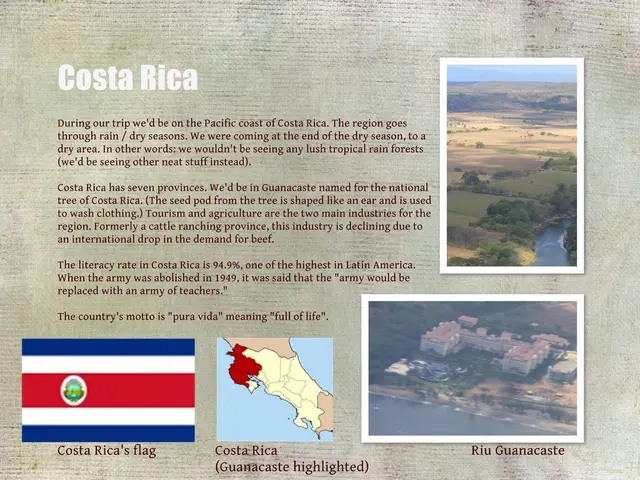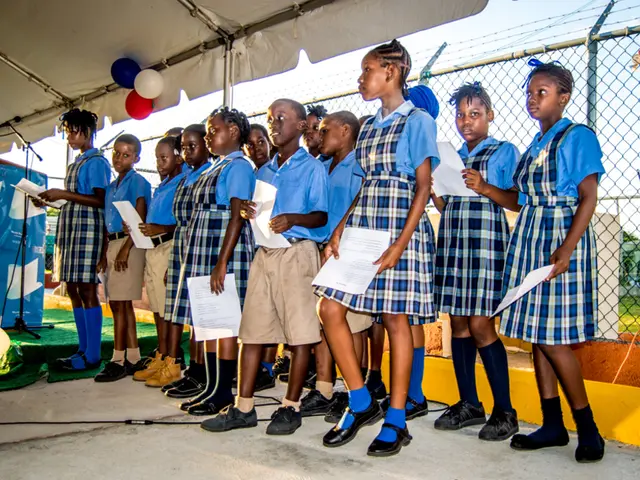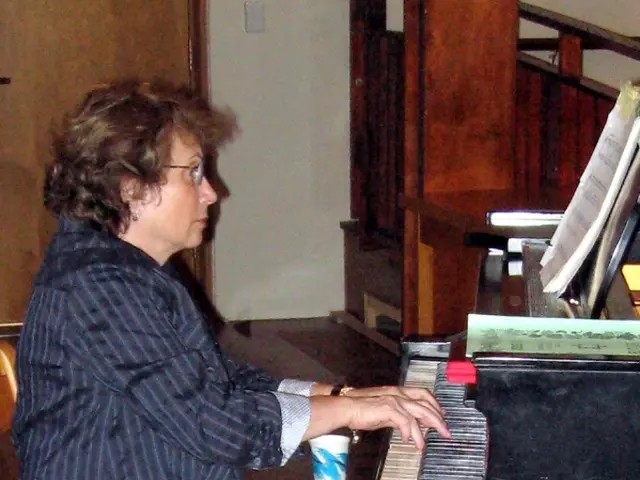Government now awaits a $550 million loan from China to rejuvenate the Teesta hydropower project, which has been dormant for over a decade.
The Bangladesh government has submitted a revised Preliminary Development Project Proposal (PDPP) for the Teesta River Comprehensive Management and Restoration Project (TRCMRP) to the Chinese embassy. This marks the revival of the project, which has been delayed, and aims to turn the Teesta basin into a new hub of economic activity in northern Bangladesh, particularly in the greater Rangpur region.
The Chinese government had previously asked Bangladesh to submit a revised project proposal and a feasibility study. The revised proposal, which incorporates Beijing's observations, plans to reclaim a total of 400 square kilometres of land, with the first phase focusing on reclaiming and developing 170.87 square kilometres at a cost of $747.25 million.
Under Phase 1 of the project, engineering works will be carried out on a 102-kilometre stretch of the Teesta downstream of the barrage to its confluence with the Brahmaputra. These works include repairing 79.6 km of existing embankments, building 124.2 km of new embankments, repairing 15 existing groynes, and constructing 50 new groynes on both banks.
The Teesta River, Bangladesh's fourth largest transboundary river, is under threat due to lack of protective measures, leaving both banks vulnerable to devastating erosion and scouring. These engineering works are intended to safeguard critical infrastructure, farmland, houses, schools, markets, and offices along the riverbanks from annual floods.
The reclaimed areas are expected to host modern agriculture, a large industrial park, residential zones, and renewable energy plants. The urban complex will cover 6.82 sq km, the industrial area 72.93 sq km, advanced farming practices 54.67 sq km, and resettlement zone 36.45 sq km.
The initiative is expected to generate new employment opportunities, with at least 30% of unskilled jobs going to poor people, women, and individuals with autism. Soil excavated during dredging of a 102-kilometre section of the river will be used to recover land lost to erosion.
The Teesta project will focus on dredging and river management works downstream of the Teesta Barrage. The river's design discharge for a 50-year return period is 10,680 cubic metres per second, and its average annual sediment discharge reaches 49 million tonnes.
In 2023, the Bangladesh government decided to resume the Teesta River management and restoration project, with the Asian Development Bank (ADB) financing the first phase of the project. $550.62 million of the cost is expected to come from Chinese loans.
Bangladesh and China are reviving the TRCMRP after a delay, with the aim of boosting the northern economy and providing new opportunities for its people. The project is a significant step towards managing the Teesta River and protecting the communities and infrastructure along its banks.
Read also:
- Inherent Skills Know No Bounds, Yet Access to Employment Remains Unequal: Suggestions for a More Equitable Job Market of the Future
- Revealed: Top and Bottom UK Banks for Digital Banking Services
- Affordable supermarket purchases from dollar stores are not sabotaging typical American nutritional habits, according to research findings
- Impact of Chronic Stress on Cognitive Function and Brain Integrity Over Time
